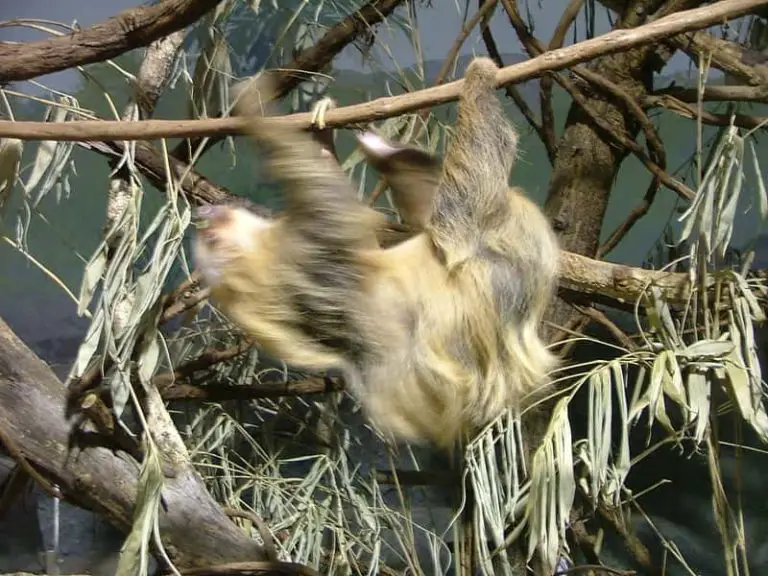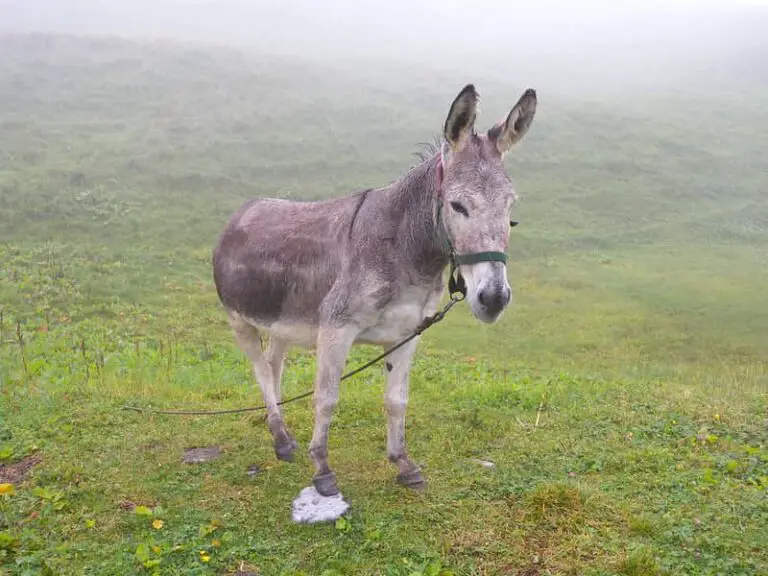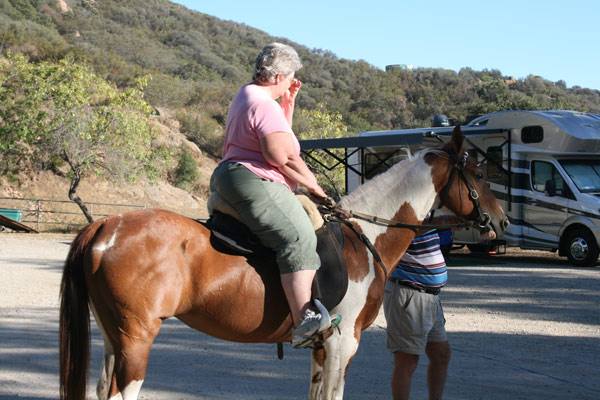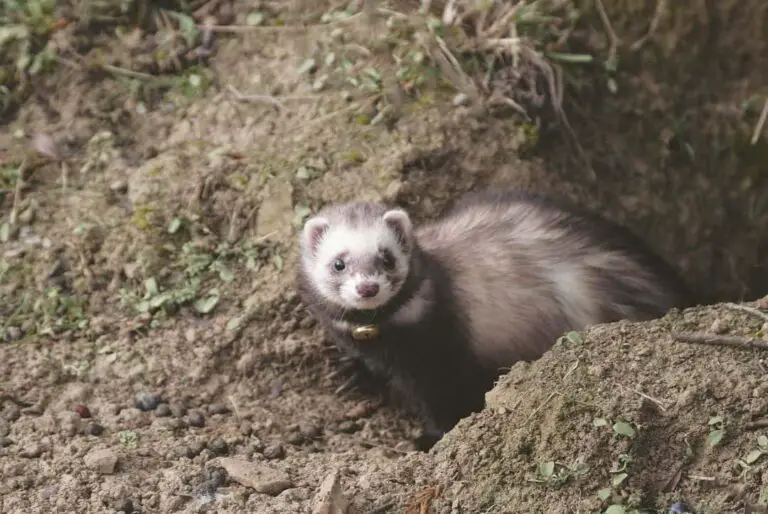Are Sloths Dangerous? (Interesting Arguments)
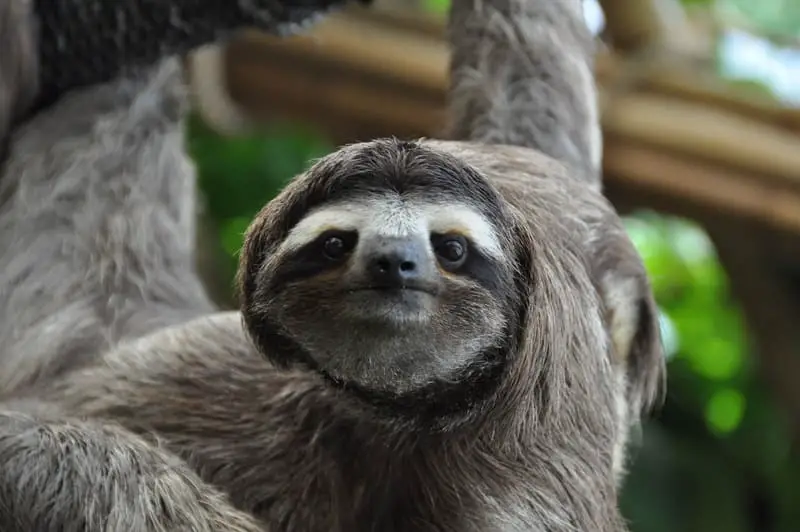
The Sloth is a world-famous and recognized animal for its adorable and friendly appearance and its extreme slowness of movement. The adorable appearance of this animal and its sleepy appearance provoke confidence and security in human beings.
But, how peaceful is the sloth, could it be dangerous or attack a human being?
Appearances can sometimes be deceiving, the sloth is not an aggressive animal, but when it feels danger it can defend itself with its claws or teeth, The expression of an apparent smile on the face of sloths is only a facade, his face lacks muscles that define his facial expression.
When sloths spread their arms, it is not a welcoming gesture, but a threat. And the fact that they cling tightly to people when they are presented to them is related to their way of life as tree top dwellers. They just don’t want to fall to the ground, which is an instinctive reflex.
In fact, sloths have in percentage, one of the biggest claws of the animal kingdom, the three fingers sloth, which can be found in central and south America, can climb big trees helping itself of its claws that can reach to measure up to 10 cms.
Compared to its own body size, these claws are impressively large.

The image above was taken from a video where a reporter is shown carrying a small baby sloth, despite its small size the sloth was digging so hard into the reporter’s arm that she had to ask for help to dig out the nails from her.
The sloth didn’t do it intentionally, it’s just a natural reflex to hold on tightly to her arm, anyway, you can see that even a baby sloth from two nails can unintentionally hurt a person.
Sloths are classified as two-fingered and three-fingered.
This classification is due to the fact that sloths have either two or three fingers with powerful hooked claws, which allow them to hang from trees.
These claws allow the baby to remain hanging from its mother’s belly thanks to the fact that it is born with practically formed claws.
Below is a video of a sloth defending itself from an eagle with its claws.
How many teeth do sloths have
Sloths have 18 molar teeth, for example, the South American White Throat Sloth has no incisor or canine teeth.
Can a sloth kill or hurt a human?
Because of its peaceful nature, size, and slow movements, a sloth cannot kill a human, but a Sloth could hurt with its claws a human being who is holding it, perhaps not with the intention of attacking it, but with the intention of freeing itself.
Apart from its friendly appearance, the sloth is not really a very social being, most of the time it spends alone in the treetops and its interaction with other animals of its species is limited to the appearance and breeding.
Because of its fragility and social habit, it is necessary to understand that the sloth is subjected to stress and feels threatened when it is outside its natural environment and feels surrounded by people.
Can a Sloth transmit diseases to humans?
The Sloth is one of the animal species that share communicable diseases with humans and therefore could potentially transmit some disease if in direct contact.
The infectious diseases of the Sloths can be classified as:
- Bacterial
- Viral
- Micoticas
- parasite
Obviously, not all of these diseases are transmissible to man, but some may represent a danger of transmission.
Among the parasitic diseases, some sloths can suffer, scabies, ticks, mites, all these parasites can be transmitted by contact or proximity with humans.
Another very frequent disease in the sloth is pneumonia. In general, pneumonia is not contagious, but the viruses and bacteria of the upper respiratory tract that cause it is. They are usually present in the fluids that come out of the infected sloth’s nose and mouth.
I have seen people hugging and even kissing these animals, a person should think twice before hugging or even kissing a sloth.
A sloth can be stronger than you think
Don’t underestimate a sloth because of its appearance, even though its muscle mass is not really very developed compared to other mammals, a sloth has much more strength in its arms than you might think.
Sloths also have a special muscle structure adapted to keep them held and hung for long periods of time in trees.
One of their pectoral muscles, which a human athlete would use to lift a weight lying on a bench, descends from the bottom of the sloth’s front leg.
In other mammals, including humans, it is attached to the upper arm near the shoulder.
Can a sloth be a pet?
Sloths are not good pets, these animals are very sensitive to temperature changes and usually need a stable temperature and humidity.
Apart from this, the physical composition of the sloth makes it a very weak animal that can suffer physical damage only by frequent direct contact with people, Sloths taken from the wild and offered to tourists to take selfies die after an average of three to six months due to the high-stress situation.
Sloths and other exotic species have complex needs that cannot be met by keeping pets. In view of their high sensitivity to temperature fluctuations, their solitary lifestyle and the need for undisturbed rest, it is clear that sloths are not cuddly animals or pets.
Certain properties and behaviors are often misinterpreted in this regard. Because even if it looks like this: Sloths don’t smile at the viewer. Because of her poorly developed facial muscles, she can hardly control her facial expressions at all.
Sloths are wild animals and do not belong to human hands anywhere in the world. It is hardly possible to meet the demands of animals in their role as pets, as they cannot meet the specific needs of their species in your environment.
It is also possible to be sure that most of the sloths kept as pets have been hunted illegally: When the forest is cleared, sloths are the only animals that do not flee in panic. They get stuck in trees and are eaten or packed into boxes and shipped and that is a very sad reality that does not deserve to be encouraged.

